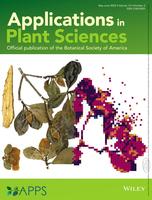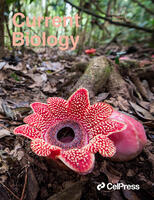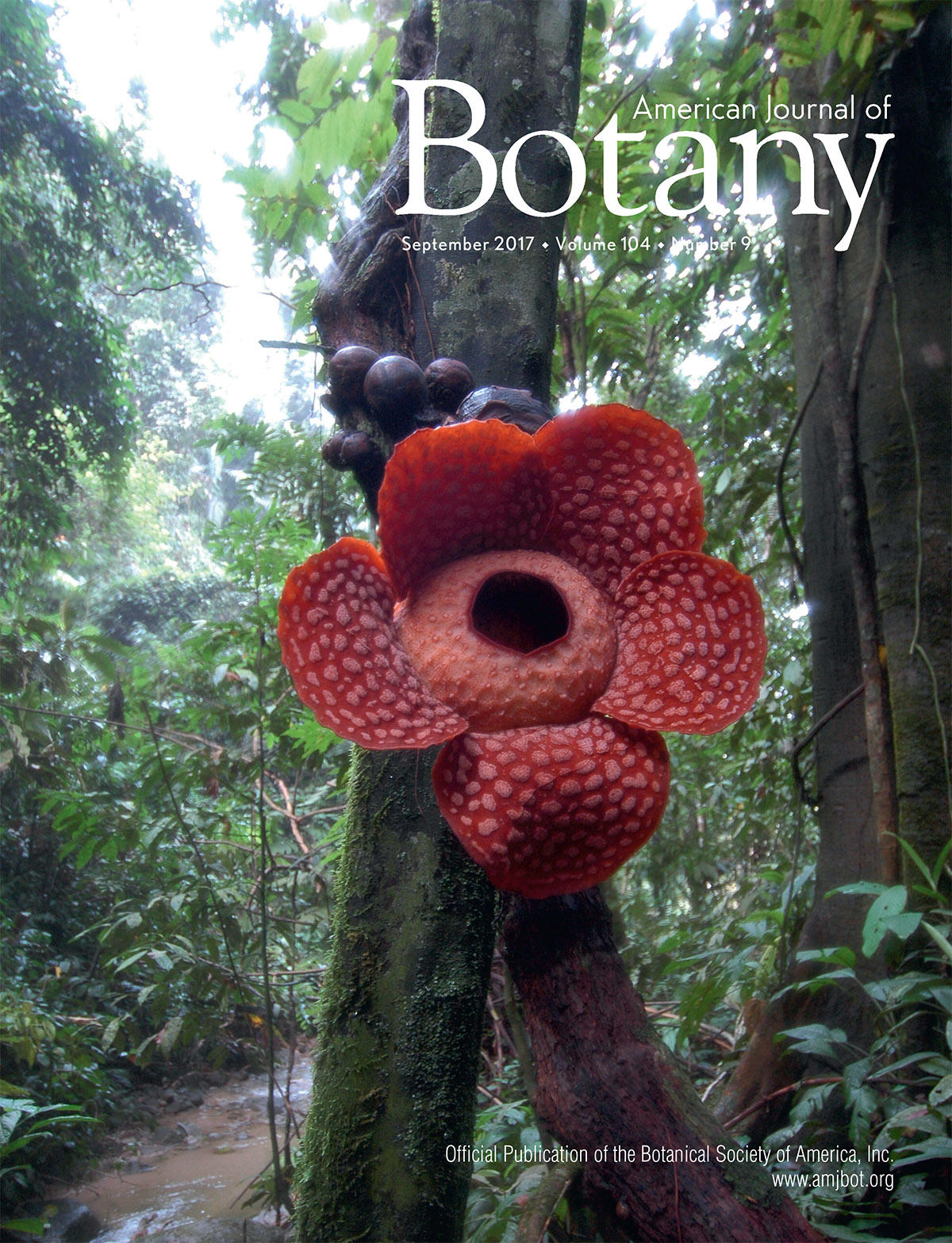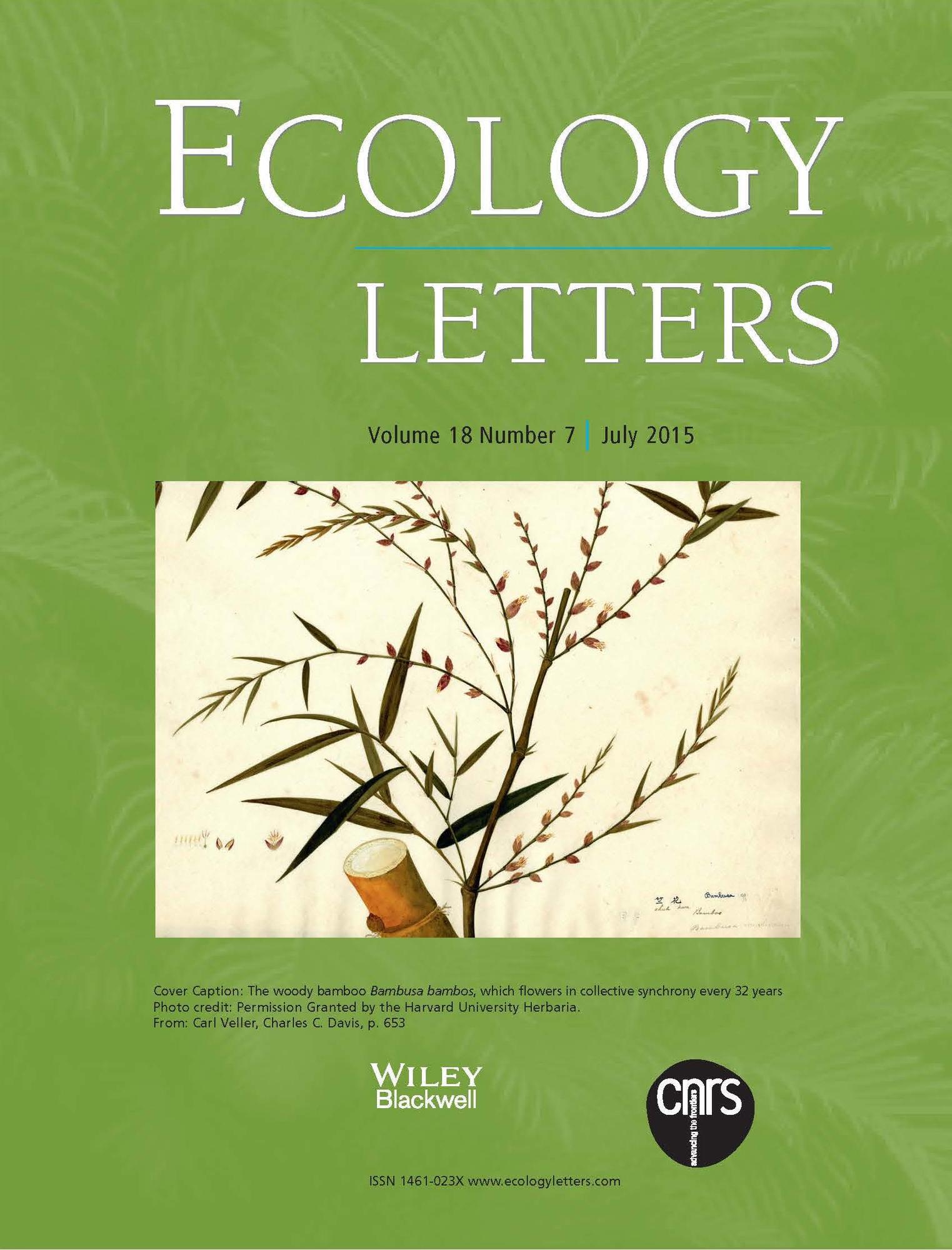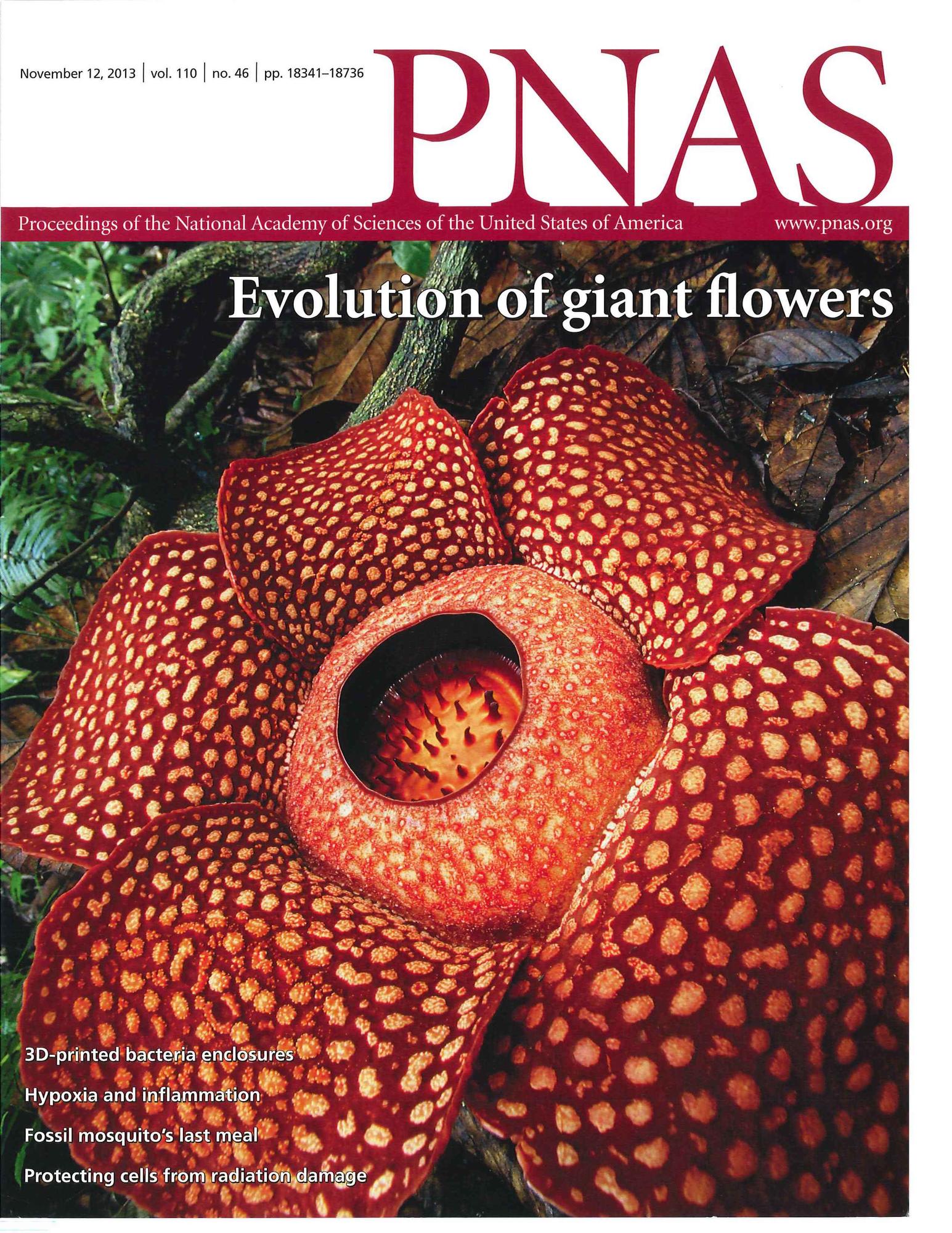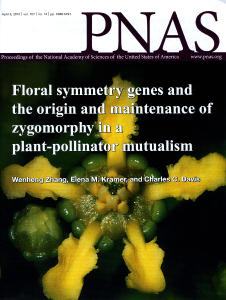Citation:
| 725 KB |
Abstract:
Leaf out phenology affects a wide variety of ecosystem processes and ecological interactions and will take on added significance as leaf out times increasingly shift in response to warming temperatures associated with climate change. There is, however, relatively little information available on the factors affecting species differences in leaf out phenology. An international team of researchers from eight Northern Hemisphere temperate botanical gardens recorded leaf out dates of c. 1600 woody species in 2011 and 2012. Leaf out dates in woody species differed by as much as 3 months at a single site and exhibited strong phylogenetic and anatomical relationships. On average, angiosperms leafed out earlier than gymnosperms, deciduous species earlier than evergreen species, shrubs earlier than trees, diffuse and semi-ring porous species earlier than ring porous species, and species with smaller diameter xylem vessels earlier than species with larger diameter vessels. The order of species leaf out was generally consistent between years and among sites. As species distribution and abundance shift due to climate change, interspecific differences in leaf out phenology may affect ecosystem processes such as carbon, water, and nutrient cycling. Our open access leaf out data provide a critical framework for monitoring and modelling such changes going forward.
Notes:
Panchen, Zoe APrimack, Richard BNordt, BirgitEllwood, Elizabeth RStevens, Albert-DieterRenner, Susanne SWillis, Charles GFahey, RobertWhittemore, AlanDu, YanjunDavis, Charles CengResearch Support, Non-U.S. Gov'tEngland2014/06/20 06:00New Phytol. 2014 Sep;203(4):1208-19. doi: 10.1111/nph.12892. Epub 2014 Jun 18.

